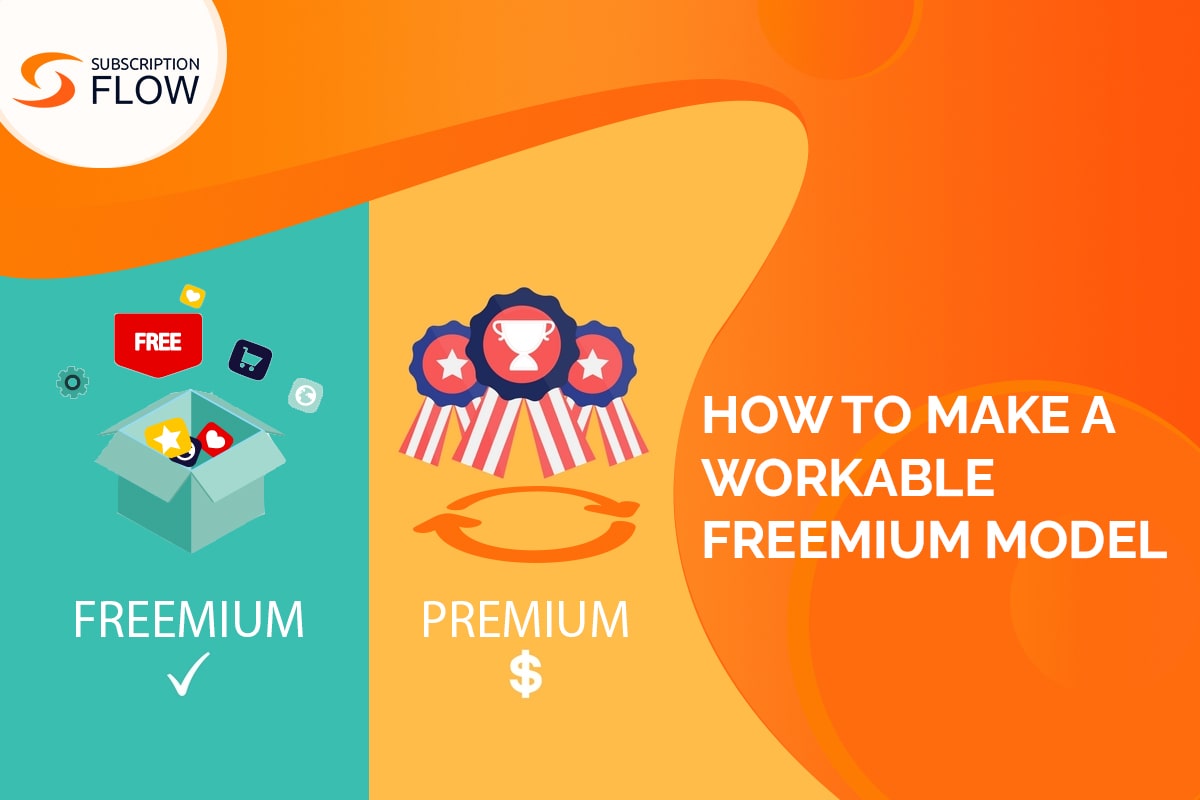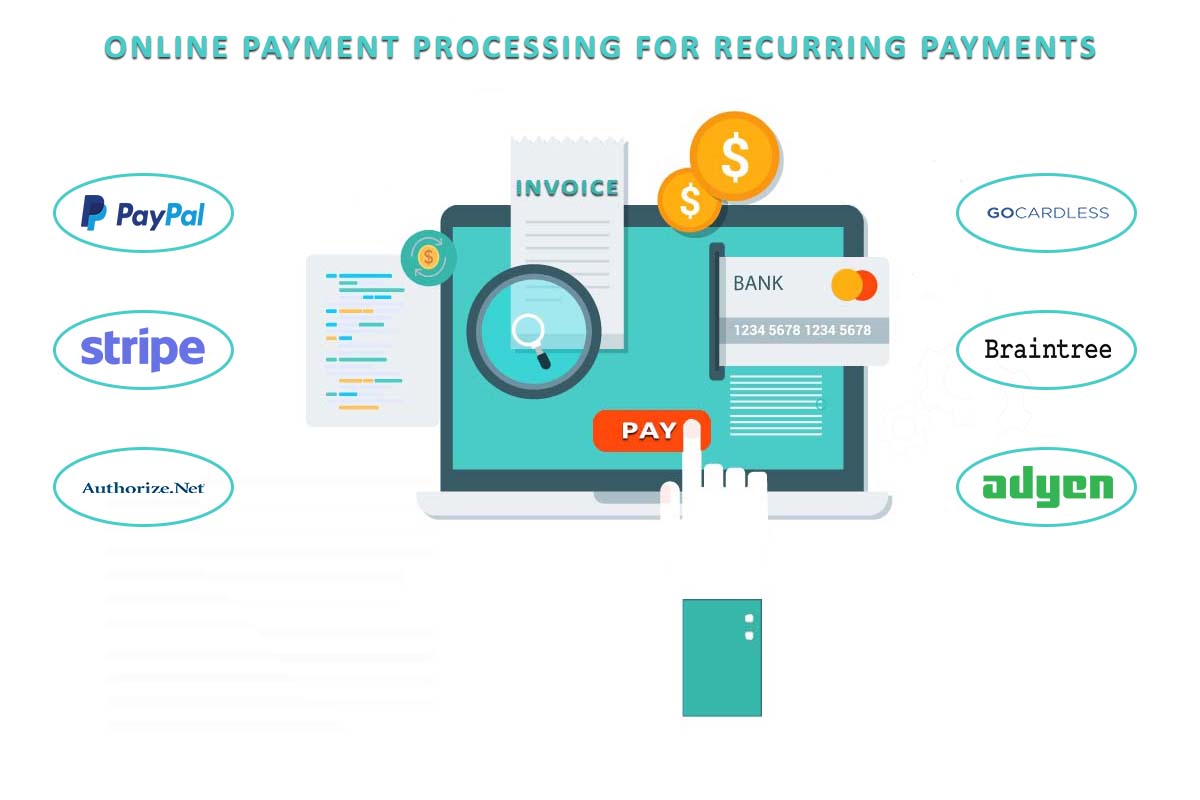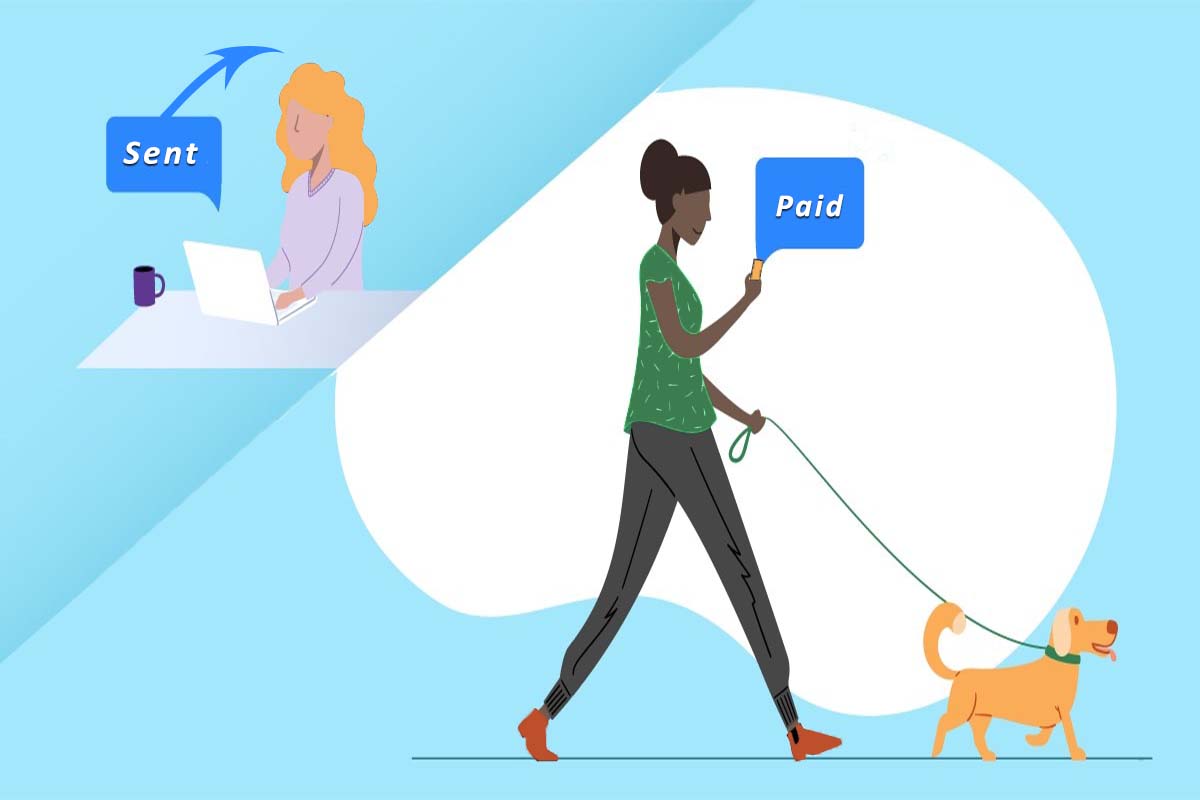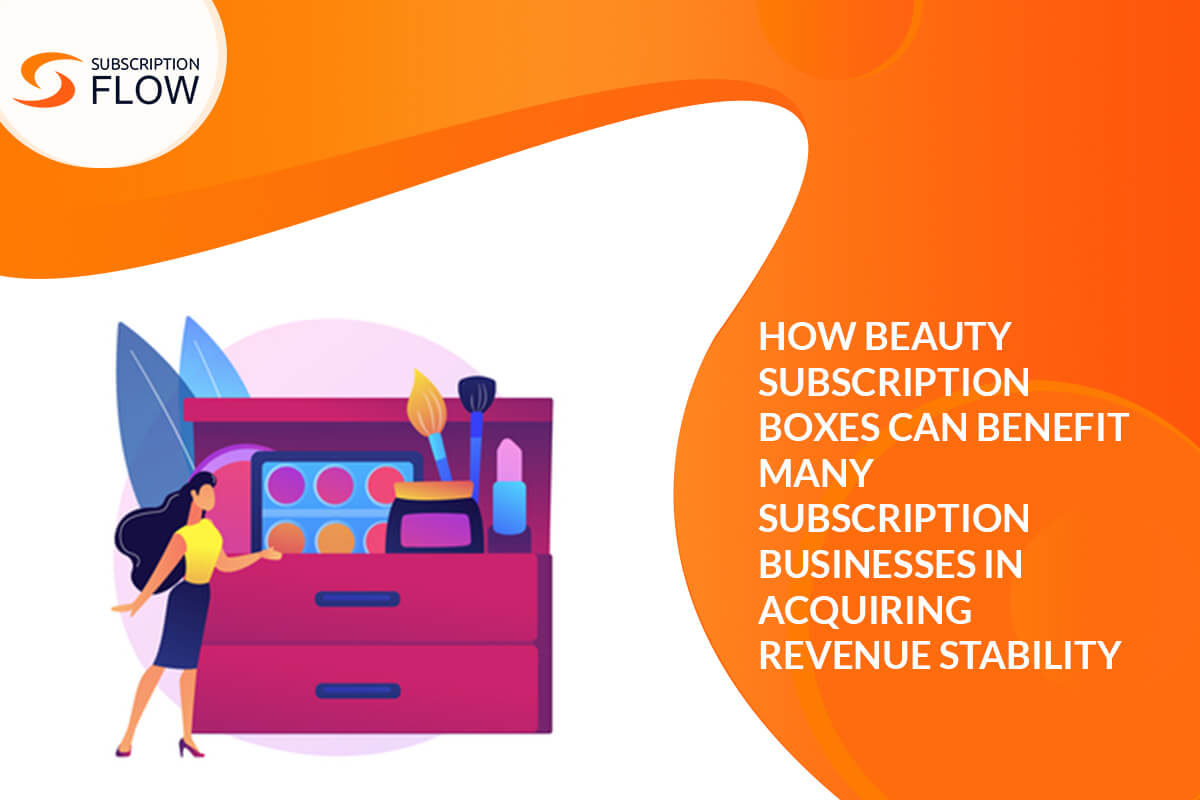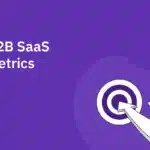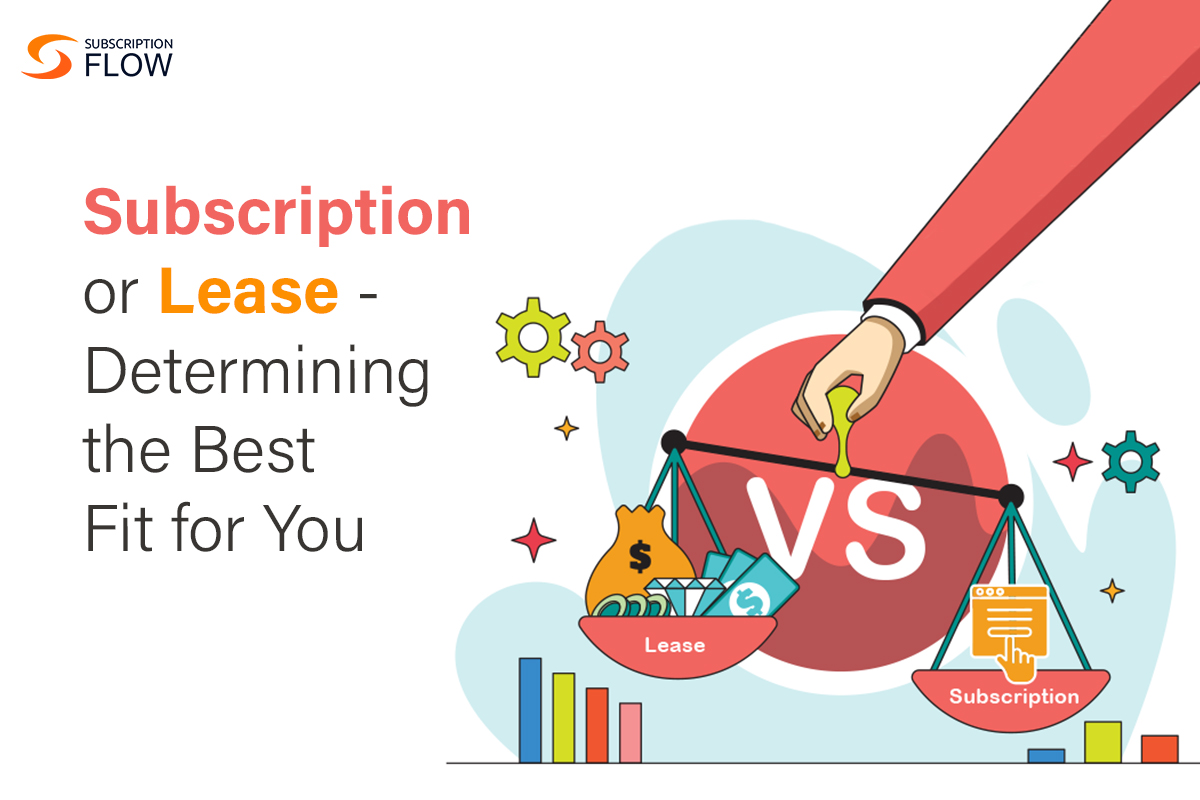
Decoding Financial Choices: Subscription vs Lease – Which is Right for You?
In this world, everything from entertainment to essential tools is just a click or swipe away, financial decisions have taken on new dimensions. Consider this situation where you need to decide whether to binge-watch your favourite shows via a monthly streaming subscription or lease a new car for your upcoming road trip.
Coming towards subscription vs lease; they are two distinct financial avenues that hold the keys to accessing what you want, but in quite different ways. So, whether you’re navigating streaming platforms or pondering the possibility of cruising in a leased set of wheels, let’s take you into the realms of subscriptions and leases to uncover the path that aligns with your needs and aspirations.
Subscription Business Model
The subscription business model is based on the recurrent need of customers. Businesses find the recurrent needs of customers e.g. streaming, internet, education, healthcare, and a lot more. People need various products and services again and again. Retailers opted for subscriptions to fulfil the needs of customers and earn recurring revenue (a win-win for bother the retailer and the customer side). The concept of continuity—paying for the right to continued access rather than a one-time transaction—lays the foundation of this strategy.
Also Read: The Ultimate Guide to Subscription Businesses for Dummies
Lease Agreements
A lease is considered a viable option when it comes to real estate or any other tangible product or item. However, in the SaaS business world, the lease is a financial option that SaaS businesses also opt for. Also, many other businesses where the focus remains usability rather than ownership, are also adopting the lease agreements option for their businesses. From SaaS to automobiles, various industries offer their customers lease options. They offer their products to the customers with the agreement under which the customer or client can use the product for a certain decided time. Once that timeframe ends, the product goes back to the owner (which is usually a leasing company). Lease agreements can be renewed depending on the demand and the availability of the product.
Lease vs Subscriptions: the Key Differences
The differences are as important as they are startling when it comes to financial decisions like subscriptions and leases. These distinctions shed light on the particular user paths each model creates. So, there you go!
1. Nature of Access
The user needs to pay a subscription continuously to continue using a software, service, or any other product when a company operates on a subscription business model.
However, in the case of a lease, the user is given access to the tangible assets (in specific cases, it can be the intangible asset e.g. SaaS) for a defined timeframe.
2. Ownership Dynamics
In the subscription billing mode, the user is not given the right to become the owner of the product. For example, when a user subscribes to a cloud-based SaaS product, he can access the platform as and when required till he is paying the subscription charges.
On the flip side, when the time period of the lease ends, the customer is sometimes given the option by a lessor to purchase the asset and become the owner. For example, cars are given on lease, when the time to use the car ends, some companies give the option to the client to purchase the same car to get ownership.
3. Longevity & Commitment
One of the most important factors for which the subscription business model is preferred is that the customer is given the option to cancel subscriptions as soon as he realizes that he does not need the product or services any more.
However, in the case of a lease, the client is bound for the time mentioned in the lease agreement. And not only the client but also the lessor is bound to provide products or services for the time mentioned in the agreement.
4. Value Retention
In the subscription billing model, value retention is usually not the focus rather customer retention is the point of concern, and businesses try to give their customers access to recent updates in the software or services so that the customer stays on board for a longer duration.
On the other hand, the asset value retention can vary, impacting options for ownership or renewal at the lease end.
5. Applicability
The subscription billing model is most suitable for businesses that need to be updated constantly like software, or for enjoying a variety of content without ownership.
But the lease is suited for situations where temporary possession of physical assets is advantageous, such as project-based needs.
Also Read: Get Efficient Discount Management for Subscription Business Model with SubscriptionFlow
Hopefully, your mind would be clear regarding software lease vs subscription. SubscriptionFlow is a subscription management software that caters to both subscriptions and lease-based businesses. So, whether you offer subscriptions or leases, contact our team of experts and automate all your business processes.
Schedule a demo now!


